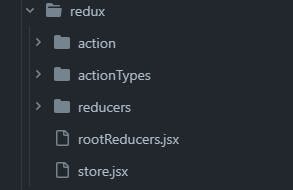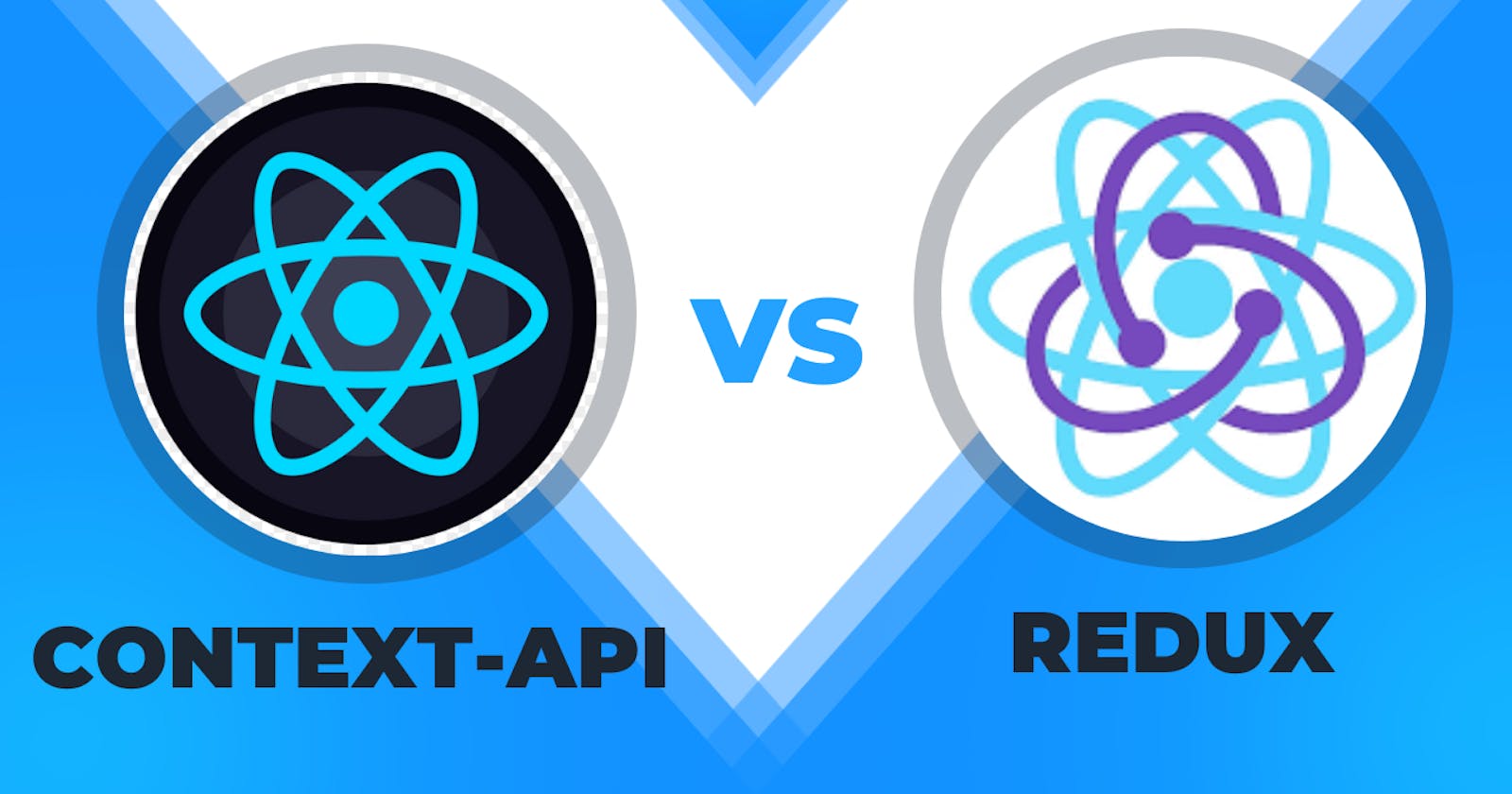Context API vs Redux
Redux and the Context API are both state management solutions in React, but they have different features and use cases. Let's compare the approaches
Context API
The Context API is a built-in state management system in React that is simple to set up and requires less code compared to Redux. It's an excellent choice for smaller applications and simpler state management needs. As an application grows, managing the state with the Context API can become difficult. As the number of states and providers increases, it can lead to the need for multiple providers, which can create problems when trying to wrap the main entry file, such as App.tsx with them.
const AppWithProviders = () => (
<ThemeContext.Provider>
<UserContext.Provider>
<SomeOtherContext.Provider>
<YetAnotherContext.Provider>
<OneMoreContext.Provider>
<AndOneMoreContext.Provider>
<AndSoOnContext.Provider>
<AndSoForthContext.Provider>
<App/>
</AndSoForthContext.Provider>
</AndSoOnContext.Provider>
</AndOneMoreContext.Provider>
</OneMoreContext.Provider>
</YetAnotherContext.Provider>
</SomeOtherContext.Provider>
</UserContext.Provider>
</ThemeContext.Provider>
)
Debugging can also be more challenging due to the decentralized nature of the Context API, making it harder to trace state changes.
However, when multiple components consume the same context, it can trigger unnecessary re-renders,
Above, you can see one context provider providing two states. And If you change only the count state the Message component will be re-rendering which can lead to a performance issue
Additionally, the Context API does not offer middleware support out of the box, so implementing advanced functionalities like caching, and asynchronous actions(Data fetching) requires manual configuration.
Redux
Redux can be initially challenging to set up compared to the Context API. However, once it's set up, managing the state with Redux becomes straightforward and efficient. Redux excels in large-scale applications with complex state management needs. By using a single centralized store, Redux enables efficient updates and minimizes unnecessary re-rendering. Redux has a proper folder structure:

Redux helps separate the concerns of UI logic and state management. It provides a centralized store where you can store and manage the state of your application. By using Redux, you can keep your codebase organized and maintainable.
In addition, Redux-thunk is a popular middleware for Redux that enables advanced functionalities such as caching and handling asynchronous actions. With Redux-thunk, you can write action creators that return functions instead of plain objects. This allows you to perform asynchronous operations, such as making API calls, and dispatch multiple actions based on the asynchronous results. Redux-thunk enhances the flexibility and capabilities of your Redux workflow.
In summary, the Context API offers a simple solution for state management, but it has limitations and can be challenging to manage in larger applications. As the complexity of an application increases, using Redux may be a better option for its performance, and scalability.
##Hope you enjoy reading this article. If you like it, give it a hard♥ and leave a comment so that I can be inspired and I can write articles like this
